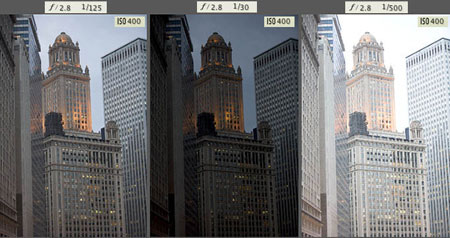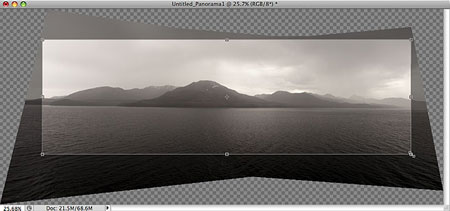
You don’t need to be a photographer to be a good designer. However it helps to be able to take good photography, and also to know some popular photography techniques. Following are a few cool techniques for photographers.
1. HDR
High Dynamic Range imaging (HDRI or just HDR) is a set of techniques that allow a greater range of luminance between the lightest and darkest areas of an image than standard photographic methods. This wide dynamic range allows HDR images to more accurately represent the range of intensity levels found in real scenes, ranging from direct sunlight to faint starlight.
Unfortunatly, HDF is often used to create images with poor taste, like in this tutorial (which explains the technique pretty well).

2. Panorama
A panorama is a very wide-angle view made of pictures assembled next to each other. Photoshop make created those really easy with Photomerge, learn how to use it in this tutorial.

3. Freelensing
To do some freelensed photos, simply hold unattached lenses in front their camera’s exposed sensor, and delicately tilt it until focus emerges. Complete guide on Photojojo.

4. Bokeh
Wikipedia describes bokeh as the blur, or the aesthetic quality of the blur, in out-of-focus areas of an image, or the way the lens renders out-of-focus points of light. Bokeh occurs for parts of the scene that lie outside the depth of field. Photographers sometimes deliberately use a shallow focus technique to create images with prominent out-of-focus regions, much like those captured by Brisbane’s best headshot
photographers.
DIY photography has a tutorial on how to create bokeh photography.

5. Tilt-shift
Tilt-shift is a technique where a life-sized picture is manipulated to give the illusion that the scene is a miniature scale model. It actually isn’t a photography technique, but a photo-manipulation technique.
A comprehensive tutorial can be found on Tiltshiftphotography.net.


